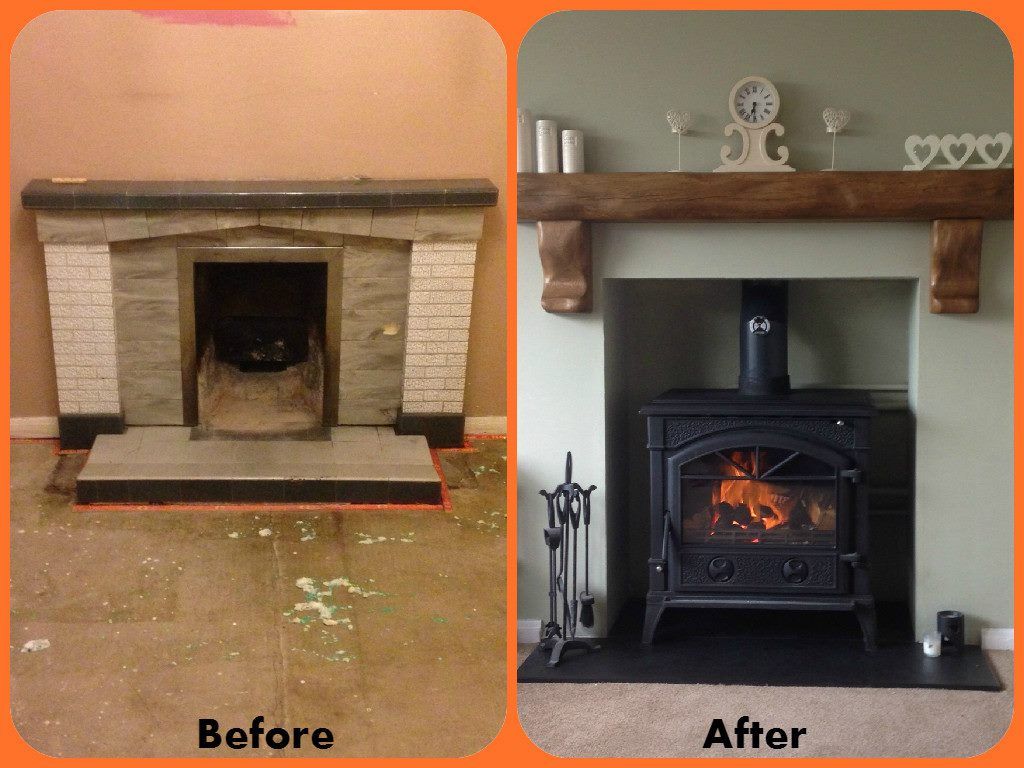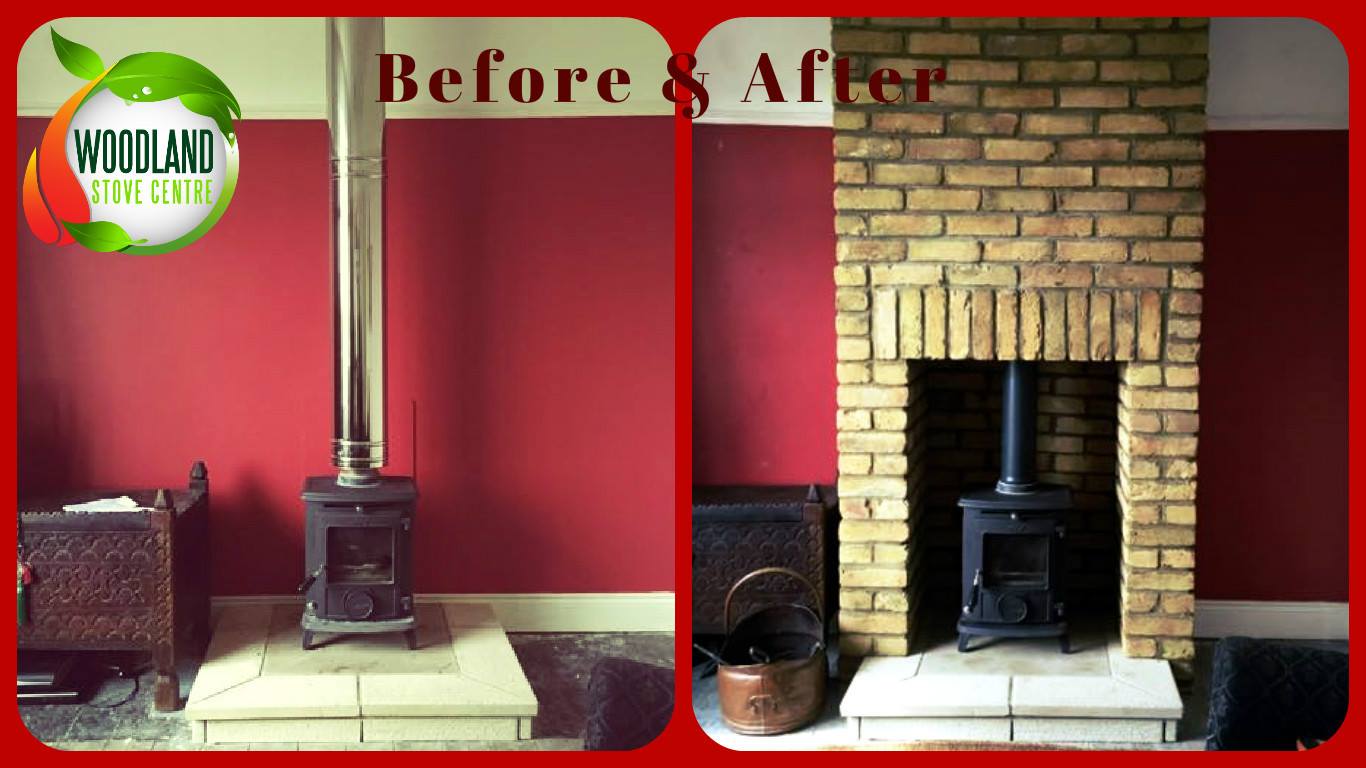Blog
1. SAVE MONEY ON YOUR HEATING BILLS Electricity/gas/oil prices are forever on the increase but burning logs can be up to 77% cheaper to run than an electric fire 29% cheaper than gas 43% cheaper than oil and 50% cheaper than LPG fires. 2. REDUCE YOUR CARBON FOOTPRINT Electricity is the most damaging heating option to our planet as they are the most carbon intensive option. By switching to a wood burner you can save nearly 200kg of carbon per year. Replacing a LPG fire will reduce your carbon footprint by 36%, gas fire by 22% and open fire by 14%. 3.WOOD IS RENEWABLE Wood is renewable and burning it is a carbon-neutral process. Wood can be responsibly sourced by a company who will replace twice as many trees as they fell. Unbelievably, the amount of CO2 released during the burning process is equivalent to the amount that is absorbed by a tree as it grows. 4.EFFICIENCY Wood burning stoves are highly efficient, which is better for the environment and for your pocket. An open fire would be merely 10-20% efficient, whereas a wood burner can be 70-90% efficient. 5. EVERYONE LOVES A REAL FIRE! Your dog will love it, your cat will love it, your granny will love it, your kids will love it - YOU will love it! With so many traditional and contemporary designs there is now a stove to suit every home. You can have it freestanding, in an inglenook or wall mounted, with a log store or without, with a coloured door or without. You won’t believe how many options are out there! But if it’s a traditional, small black box you’re after, there are still hundreds to choose from. 6. VERY LITTLE MESS Gone are the days of dirty black glass and having to clean out massive amounts of ash. All of our stoves have new technologies which keep the glass up to 80% cleaner so you can just sit back and watch the flames, and because they are highly efficient you could be emptying a small ash pan once every 3 weeks. 7.YOU CAN COOK ON YOUR STOVE Many stoves have the option to boil a kettle, a pan of mulled wine, broth, stew or any other winter warmers. You can also make a pizza, pasta, pancakes… the options are endless! We know you have an oven for that, but why run both when you can kill two birds with one stone? And there's something quite nice about cooking your dinner on a stove, like testing out your survival skills in the great outdoors, but from the comfort of your extra cosy living room :)
Although it is not illegal to fit a stove without a chimney liner, more often than not it is deemed unsafe to do so. Building regulations do not insist that you fit a chimney liner. If a chimney can be proven sound (using a set smoke test procedure), AND is of a diameter suitable for the stove, AND the stove-fitter can connect to the chimney in a way that satisfies the regulations, AND the end result is that the stove draws within the parameters laid down by the stove manufacturer, AND it can be swept, AND every building regulation is followed then you do not have to fit a chimney liner. For this reason we would recommend a chimney liner in the majority of cases. This is for your own safety, the safety of your neighbours and to help preserve the integrity of the chimney and your property as a whole. A good quality liner should last you a long time; the grade of liner we usually use is guaranteed for 20 years, so it should be considered an investment into the safety of your family and your property, rather than an expensive inconvenience. Possible consequences of not lining your chimney: If the chimney is not in sound condition then smoke and carbon monoxide can travel into your (or next door’s) property and it can and does kill.~ Hot air (smoke) rises because it is hot – cool it down and it will slow, stop or sink. It does not rise well in cold chimneys. The smoke can deposit tar and condensation which can damage your property. In brick/stone chimneys tar eventually bleeds through the mortar into the house, staining wall papers etc. and is almost impossible to do anything about. If smoke slows down too much then your stove will perform poorly and smoke can exit out of stove doors, giving off dangerous gases. A chimney fire is more likely if you do not fit a chimney liner. Although unlikely, if a fire was to break out in your LINED chimney then the fire would be contained within the metal tube and be far easier to extinguish. For more information on this and to see the potential hazards of an unlined chimney, please read through the article below:




